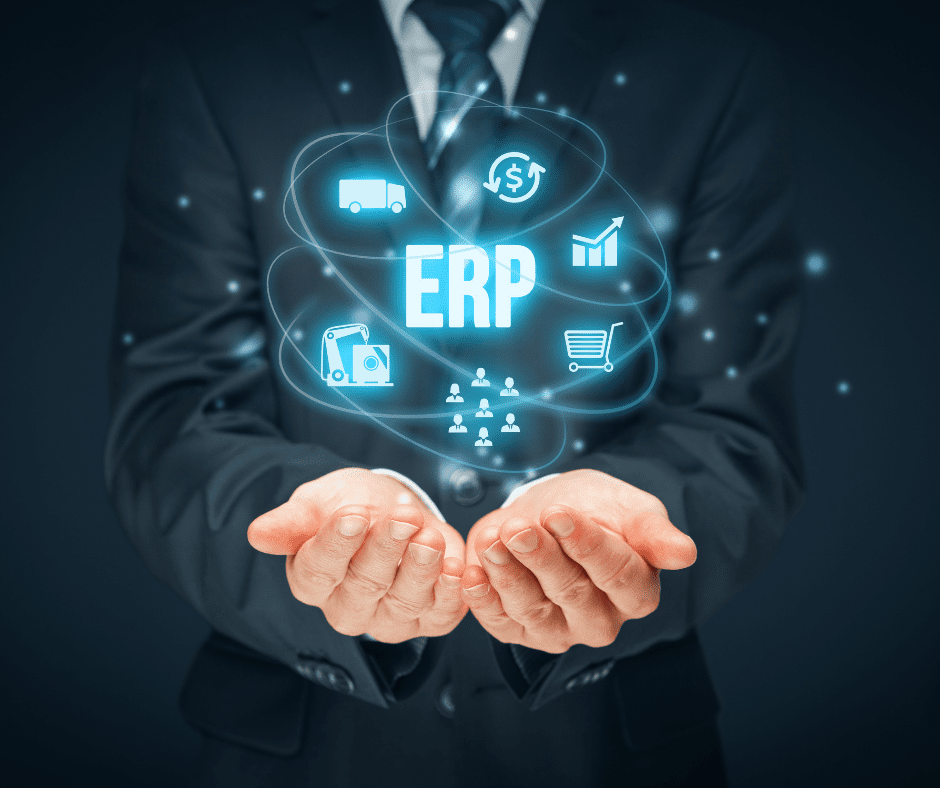02.09.22
 How to Reduce the Cost of an ERP Project Implementation">
How to Reduce the Cost of an ERP Project Implementation">
An ERP (enterprise resource planning) system can dramatically transform the way a company does business. While this type of solution does come at an expense, it can be implemented affordably with mindful planning and a good consulting partner. Use these tips to reduce the cost of ERP implementation and enjoy all the benefits of a powerful ERP without exorbitant costs.
Companies that jump into a new ERP too quickly may overlook some essential features and functions in the initial implementation, resulting in pricey add-ons later. Manage expenses mindfully by developing a detailed budget and road map in advance. This plan should address key points such as:
This plan should also provide some flexibility with best-case and worst-case expenses so the business aims for the most cost-effective implementation but has room in the budget for additional expenses if needed.
Working with an ERP consultancy can streamline project implementation considerably. While an ERP partner presents an added expense, they should offer a number of cost-saving solutions. The right ERP consultancy can minimize downtimes, streamline installation, facilitate customization, and improve training.
A cloud-based ERP solution is typically more cost-effective than an on-site solution. Installing a system on-site requires a greater investment in hardware and software. The company must install and maintain its own physical servers for an on-site ERP system. Meanwhile, a cloud-based solution is hosted on the vendor's remote servers, eliminating this complication and expense. Typically these vendors provide security and backup as part of their subscription cost.
Vendors price cloud-based solutions under annual or monthly subscriptions that can spread out the cost of the ERP, making it more affordable. Conversely, an on-premise installation often requires a larger upfront perpetual license fee.
Customization is available with nearly any ERP solution. While these enhancements and options have their appeal, it's important for companies to approach them strategically. Many thoughtfully designed ERP systems offer out-of-the-box functionality that covers all the needs of a small to midsize business with little to no customization necessary. This is another place where a good ERP consultancy can step in and ensure that the business doesn't pay more than necessary for a custom solution they might not need.
One of the prime benefits of an ERP solution is increased efficiency, which translates to long-term cost savings. The sooner the system is up and running, the sooner the business can take advantage of this benefit. Organized training sessions will help employees learn how to properly utilize the new system's features far better than trial-and-error use or self-taught training. It's a good idea to incorporate training sessions for all employees during ERP implementation in order to maximize the cost benefits of the system.
Hiring an experienced ERP consultancy to assist with the planning, design, installation, and implementation of an ERP solution is one of the best ways to manage costs throughout the process. A solid team of trained professionals can pinpoint unnecessary expenses so every ERP implementation dollar is well spent.
To help you decide which servers are best for your company, Cloud-based or on-premise, you should speak with the experts at Clients First Business Solutions. Our team will help your small to medium-sized enterprises implement Enterprise Resource Planning (ERP) software. Contact us today for more information.
Our team brings unmatched efficiency and value for a smooth implementation and beyond. Find out how we can help your business gain a competitive advantage in the marketplace.
Free Consultation